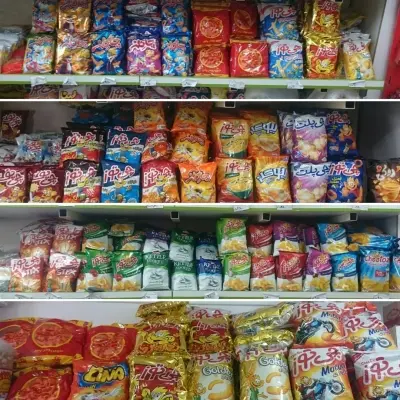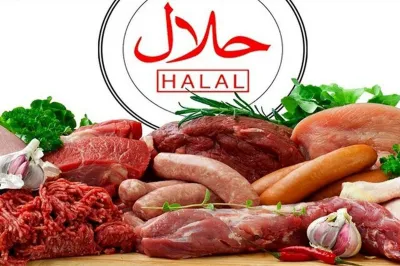


Directory of snacks suppliers in Russia
 علاء نوفل8 months ago
علاء نوفل8 months ago البقوليات اوالحبوبSeeds And Seedlings, Cereals And Legumes, Flowers, Animal Feed
البقوليات اوالحبوبSeeds And Seedlings, Cereals And Legumes, Flowers, Animal Feed LLC Trading Center "Machine Building Plants"18 months ago
LLC Trading Center "Machine Building Plants"18 months ago Raw materials & Agriculture products for export from Russia
Raw materials & Agriculture products for export from Russia


